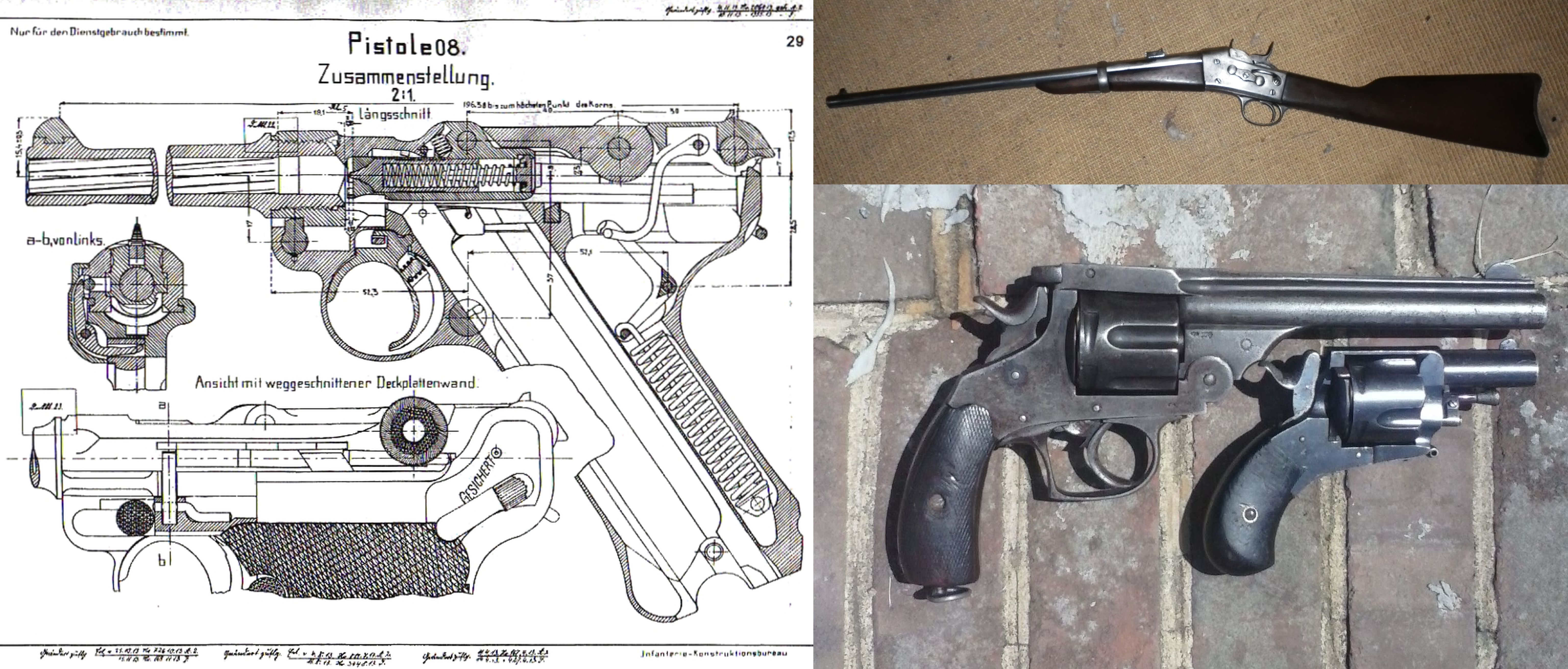Should you reload ammunition?
Absolutely I think. Reloaded cartridges can be used in revolvers, rifles, pistols, single shot pistols, etc. You can even reload shotgun ammunition if you have the proper equipment and components. Assuming your ownership of firearms and ammunition is legal where you are and no local laws prohibit re-loading ammunition there exists no downside to reloading used ammunition cases or making your own new rounds from scratch.
Why Reload?
One reason is money. Buying new ammunition can be expensive. Generally speaking a shooter must expend about 500 rounds of ammunition before they start becoming really good with a firearm. Professional competition shooters expend over 1,000 rounds a year in practice (many shoot much more than that and sometimes actually wear out their guns). One of the most expensive parts of a cartridge is the brass case that holds everything together. Many shooters discard this part. Alternatively, saving and reloading the fired rounds can result in a huge cost savings over time.
A second reason is improved and more versatile ammunition performance. Many cartridge manufacturers for reason of liability and safety intentionally sell cartridges not loaded to maximum potential of the round. The ammo maker has no way of knowing if the consumer is going to be using a weapon in poor and unsafe condition, or if it will be in a new gun in perfect condition. Likewise, some gun designs are much stronger than other designs. So the ammunition manufacturer plays it safe and sells bullets not up to their maximum potential. Further, for some calibers often the bullet shape selection off the dealer’s choice is limited. You may wish to try a different type of bullet depending on whether you are shooting at paper targets or hunting game for food, etc. Noting also it is possible to swap bullet energy for bullet accuracy and tailor make a superbly accurate bullet for your precise gun.
So go ahead and give reloading a try.
Some basic requirements are;
a safe orderly and reasonably secure work area. This can be a quiet corner of a dry basement or garage.
a sturdy work bench. You will be needing it to be sturdy enough for a 25 pound (maybe a little less, maybe a little less) press to be bolted on and spacious enough for you to place things like trays of bullets, primers and cans of powder and other accessories.
An ability to read and follow directions.
A good reloading press. Several good makes are available. Lee, Lyman, Dillon and many others. Personally I like the Lee turret press.
There’s one of those for sale here.
https://www.ebay.com/itm/Lee-Precision-3-Hole-Turret-Press-Hunting-90496-/351050160229?hash=item51bc385865:g:pPQAAOSwhwdVU68y
You will need reloading dies. Which ones depends on your gun’s caliber. Dies exist for practically every caliber. You will need a minimum of three different dies.
A die for resizing the case and ejecting the old primer or putting one in,
A die for expanding the case mouth or pouring the powder into the primed case.
A die to seat the bullet and crimp it in place.
Fortunately, although you can buy individual dies, reloading dies are often sold in sets of all three. Some arrangements use 4 dies. Whether or not you use a 3 die set or a 4 die set depends on which reloading press you purchased. Another piece of good news is most manufacturers of reloading dies all use the same pitch on the dies thread, 7/8″ x 14 turns per inch (tpi). This means a die from RCBS, Lyman or Lee, etc will fit in the loading press from any of them.
There is a (very) broad selection of reloading dies for sale here on this page.
The next thing you will need is reloading manuals. These are important. Ammunition reloading and manufacture can be potentially dangerous. You are working with small quantities of explosives. If you don’t follow the guidance in the manual or ignore it’s advice, not only do you risk unsatisfactory results, but you also incur the risk of a wrecked gun, injuries and possibly a death.
The books are written by the manufacturers of ammunition reloading components. The information in them is tested and tested again. Follow the instructions exactly as written. You only need one book to start off, but experienced loaders often have several books. The reason is there are many makes and brands of bullets and gunpowder on the market and no one book lists every possible combination.
For a beginner I would suggest a manual by Speer, Hornady, Lyman or Lee. Anyone one of them will have lots of good information you can learn and use right away. Here are links you can order those books at.
Speer manual # 14
Lyman 49th Reloading Manual
8th Edition Hornady Handbook of Cartridge Reloading
You will need a reloading scale. I suggest a good balance beam scale. RCBS makes a good one and you can get it here.
You will need unprimed brass for whatever caliber cartridge your gun uses. There’s a good selection of unprimed brass on this web page.
https://amzn.to/1qlqcGS
Bullet primers and gun powders should be of the specific type mentioned in the reloading manual. NEVER use a powder type not recommended by a loading manual. NEVER use a primer type not recommended by a reloading manual. NEVER exceed a maximum load found in a loading manual.
I buy most of my gunpowders through this supplier, Brownells, and really that name should be in the vocabulary of any shooter as they carry almost anything a shooter can envision needed from guns to springs, from primers to targets, etc. A link to the Brownells website follows.
https://www.brownells.com/
Remember do not smoke anything when reloading. Always keep guns and explosive or flammable materials away from unsupervised persons. Never mix illegal drugs or alcohol with reloading, firearms or anything shooting related.
Be safe but have fun too.
